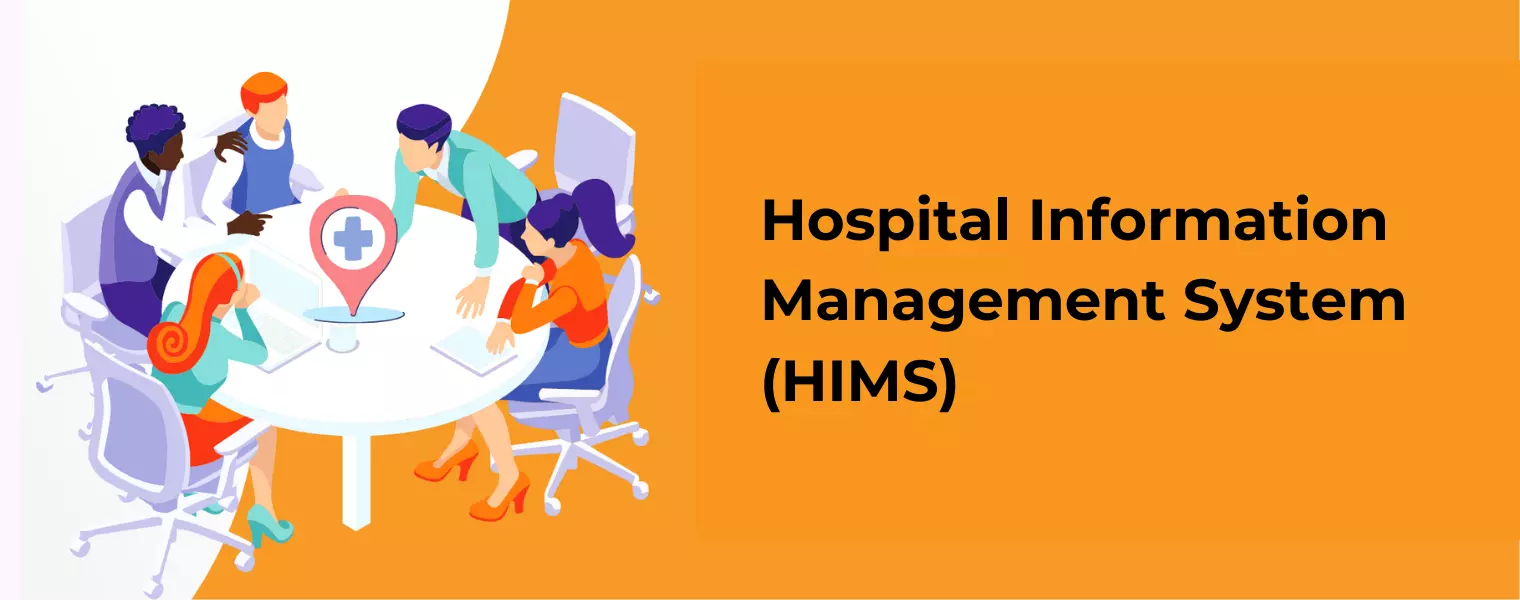
In the last year or two, there has been a substantial transformation. In the midst of a rush of merger and acquisition activity, the healthcare industry, particularly acute care facilities, has discovered that they lack the ability to move rapidly internally to integrate new systems and adapt to the changing environment. Business practices that are inefficient and labor-intensive are still in use. We've witnessed rapid progress in the use of information technology to practically every industry sector. The explosive growth of the Internet, fueled by the so-called "killer application" - the World Wide Web, accelerates this progress even more.
Electronic copies of all documents created from admission through discharge, as well as electronic reports, such as clinical testing or billing information, are eventually combined into a single electronic folder by the Hospital Information Management System. They save time and money by reducing labour, eliminating lost files and sheets, improving authorized user access, increasing security, and expediting claim documentation. This situation has made the process of integrating and managing patient records across hospitals, clinics, and countries or states nearly impossible.
Hospital Information Management System (HIMS) is an online medical office. It's a one-of-a-kind website for each doctor's office. A online programme called Hospital Information Management System performs all of a physician's office's tasks. Billing, appointment scheduling, writing prescriptions, maintaining charts and notes, and keeping lab results and X-rays are just a few of the responsibilities.
The Hospital Information Management System grants controlled access to others in addition to the office staff and the physician. Patients, pharmacists, drug company representatives, and others might use the Hospital Information Management System to undertake functions that would normally be handled by the physician's office. Subscribers to the Hospital Information Management System will see an increase in productivity. DoFort aim to maximize the capabilities of hospitals, multi-specialty clinics, doctors and medical practitioners by automating the processes of recording patient’s information and sending timely notifications. DoFort is a leading healthcare software development company that builds interactive doctor and patient engagement platform.
Speed is a consistent element of HIS because most processes in HIS-implemented hospitals are automated, and software and servers are rarely known to slow down. Because of HIS, communication between many interconnected departments, reporting of various tests, emergency and non-emergency communications, and so on are sped up, and overall operational efficiency improves significantly.
A key aspect of HIS is the quick and easy access to all data that a given login permits. Hospitals generate a large amount of data, which is expected to be stored as part of legal requirements. This information, which is sometimes needed in a matter of seconds, is also critical in making critical treatment decisions. Quick and easy access to this data allows for more quick judgments and improves the hospital's patient care quality.
Human weariness and tension are not experienced by automated procedures on HIS. When HIS is coded and installed, it will run on autopilot, improving process efficiency even more. With HIS in place, no test, service, or drug rate will ever be invoiced incorrectly or missed in the haste to bill for a patient's discharge. Simply typing the name of the service, test, or prescription will automatically determine the rate and charge it to the patient ID you specify, guaranteeing you don't lose money.
Another advantage of HIS is that it requires less human intervention because most procedures are automated. After the initial setup, the processes will run on their own, requiring only the bare minimum of staff interaction. This also guarantees that errors caused by employee errors are kept to a minimum. Also, manpower can be diverted away from monotonous, repetitive jobs and put to work in roles that require human intervention. Only entering the drug's name once, as in the IPD modules drug chart, is sufficient. It is not necessary to enter it in the records on a daily basis. It is sufficient to simply tick the drug's administration on a daily basis. The drug administration sheet, the sub store, and other documents will reflect this.
Lower manual activity necessitates less monitoring. Because the majority of the operations are automated, the software is programmed to complete each task in a certain way based on the data entered by the employee. When a report on bed ratio is required, for example, the software is programmed to generate multiple reports based on the data stored on its server with just a few mouse clicks. The software will generate the specified reports to assist you in tracking the parameters that are most important to you.
Logins are included with HIS. Every employee that requires access to HIS is given a unique login with access restrictions. Logins are the sole way to complete any task. HIS provides the level of accountability that manual systems are incapable of providing.
HIS deployment implies less storage space is needed, less stationary are used, and staff can be diverted to other vital tasks. All of these factors make HIS cost-effective, and the increased operational efficiency and quality patient care that results contribute directly to increased income.
By eliminating paper and storing all forms of data digitally, DoFort Hospital Information Management System (HIMS) improves the accuracy and precision of medical records. We tailor the Hospital Information Management System (HIMS) to the needs of the healthcare facility. Our technology experts set up the Hospital Information Management System to fulfill the exact goal and adhere to the installation's objective.
Welcome to DoFort !